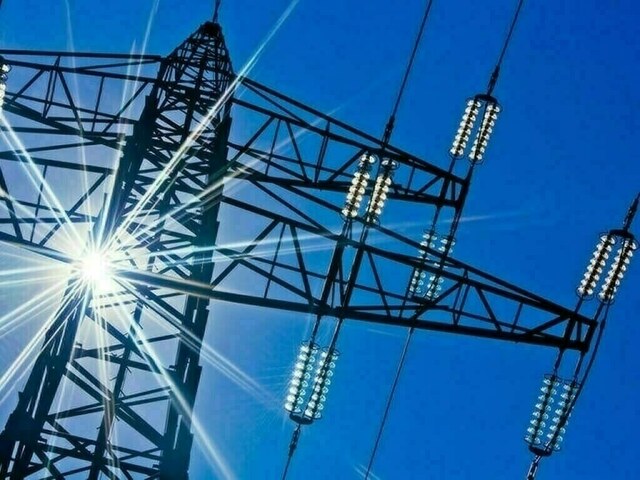ISLAMABAD: Pakistan’s energy intensity — the amount of energy needed to produce $1 of GDP — was 4.2 megajoules (million joules, MJ) per USD compared to 1.9 MJ/USD in Bangladesh and just 1.7 MJ/USD in Sri Lanka, says the World Bank.
Pakistan’s energy intensity of GDP is relatively high compared to other countries in the region, presenting substantial potential for improvement in demand-side efficiency, the Bank stated in its latest report, “Pakistan Energy Efficiency, Industrial Energy Efficiency and Decarbonization (Ee&D).”
Pakistan has faced rapidly rising energy costs in recent years with electricity tariffs doubling and gas tariffs increasing five-fold. This surge in energy prices has placed a significant strain on industrial operations and profitability, necessitating infrastructure upgrades and making a compelling case for industrial energy efficiency (IEE) improvements.
Furthermore, IEE is a crucial component of Pakistan’s Nationally Determined Contributions (NDCs), targeting the country’s globally uncompetitive carbon intensity and regionally uncompetitive energy intensity, the report noted.
Investments in IEE offer a tangible solution by yielding energy savings, lowering costs, and stimulating economic growth. Additionally, As the industrial sector accounts for over 37 per cent of energy use in the country (over 14 million tonnes of oil equivalent or MTOE in fiscal year (2023), reducing the energy intensity of industrial production through energy efficiency and decarbonization interventions in priority sectors could reduce the energy intensity of GDP, improve industrial competitiveness, and provide economic and environmental benefits.
Heavy reliance on coal in particular makes industry a disproportionate contributor to air pollution and greenhouse gas (GHG) emissions.
At 55.13 grams of carbon dioxide (gCO2)/MJ, Pakistan’s carbon intensity of industrial energy consumption is nearly 38 per cent greater than that of North America, and 50 per cent more than in the European Union (EU). Industrial energy efficiency targets for manufacturing sectors aim to reduce industrial emissions by 5.33 metric tonnes of CO2 equivalent (MtCO2e) through 2030, according to Pakistan’s NDCs. Specific measures selected for industrial decarbonization include upgrading industrial processes and technologies, promoting energy efficiency, and conducting energy audits, with the highest sector-specific.
The bank highlighted several barriers to improving industrial energy efficiency in Pakistan. It stated many companies in Pakistan believe that investments in energy efficiency raise production costs and erode competitiveness. This wariness substantially increases when the term “decarbonization” is used instead of “energy efficiency”.
Copyright Business Recorder, 2025
